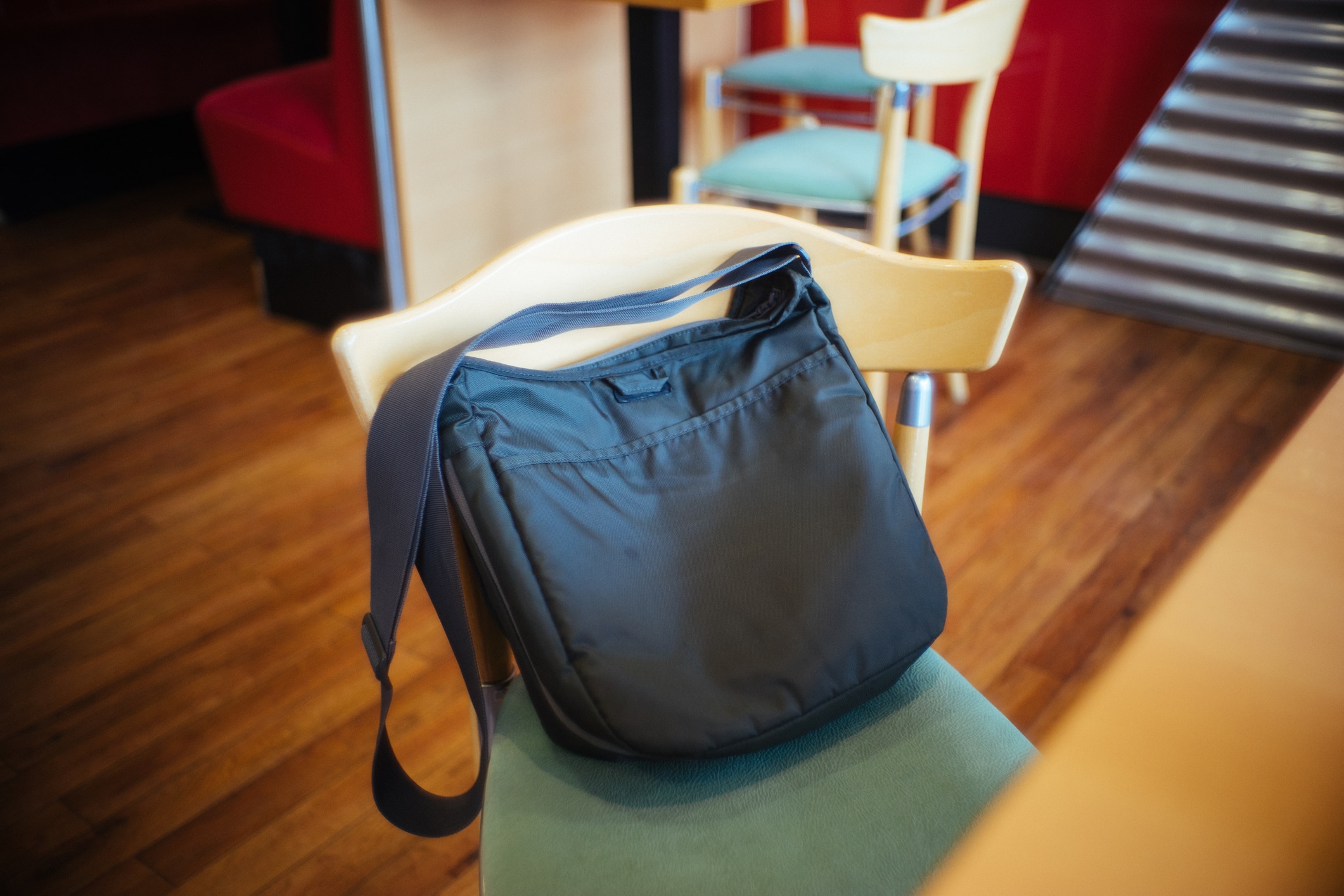Boosting morale requires thinking beyond “rewards”.
When I first moved to Denver during the pandemic, I saw a guy with a backpack branded with the logo of the software company I had worked at.
I stopped them, introduced myself, and shared that I worked there, too.
They looked at me like I had nine heads. We weren’t colleagues. They had recently bought their bag from Goodwill.
When we were heading into the office every day, a branded backpack to carry our gear and a paid lunch (or drinks) with our colleagues were nice little perks.
But these once-valued rewards are now seen as intrusions. Who needs a backpack when they don’t have a commute? Who really wants to join yet another Zoom call to drink cocktails with colleagues when you’ve already been on five Zoom calls today? And when does yet another delivery of t-shirts start feeling a bit wasteful?
Since remote and hybrid working is not going to change, it’s time to revisit how we design employee experiences.
Research shows that what most employees want more than anything is the flexibility to do their job in the best way for them. They want efficient, capable, and useful tools that give them their life back. So, yes, your employee experience can be THAT practical. Employers who understand that are going to be big winners in more ways than just retention. Here’s how:
1. Expand your vision
Step one is to expand our perception of what’s involved in employee experience and think of it beyond an HR or marketing trend. That lens doesn’t extend much beyond recruitment and onboarding, and that, as the #greatresignation is revealing, is perilously shortsighted.
Building an employee experience that retains talent and boosts overall productivity requires looking across all departments and all employee interactions. I’d also argue that with an increasingly global marketplace, it’s smart for companies looking to maintain and boost productivity to start by looking at their employee experience for insight into valuable opportunities — tooling can’t be all about pricing after all.
2. Map the employee journey
Step two would be to assess your employee journey just like you would your customer journey. Explore all the steps that happen during their day-to-day. What interactions do they have? What are their motivations? Where is there friction? How can you make their tasks easier?
Unfortunately, many leaders assume they understand their employee experience because they have experience doing the job themselves or were trained in the field at one point in time. (But reality check: even if you were in your employees’ seat as recently as 24 months ago, odds are that experience is very different than what it’s like today.)
Also, not all of your employees will be 100% honest and transparent – some folks don’t like to complain. So taking the time to go in and validate the journey shows you care.
As you would when validating the customer journey, a third party can help provide both impartiality and clarity. Using research studies, generative and design thinking workshops can give provide a more integrated view of the whole process and solutions approach. Then internal biases don’t create a false ideal of what an employee’s daily role is like, versus a view into what’s actually happening.
3. Design an “Employee Stack”
Once you have your employee journey mapped out, you can see how existing systems and tools are working together to support the process – and where there are gaps. Essentially, what you’re doing is building a tech stack that is specifically focused on your internal, operational tools and programs: think of it as your Employee Stack.
This may not sound as fun as SWAG or special events –– but these types of enhancements are not only what employees want, but it’s where employee experience design ends up being a win-win for everyone. Spending on employee experience suddenly transforms from an expense to an investment in productivity.
Because ultimately, if your employees are able to do their job easier, they’ll be serving your customers better.
When a company is really thoughtful and invests the dollars in each of those stages to make your job easy, you don’t burn out as fast. You have a higher potential to grow and expand in your industry and space. You’re free to take actual vacation time because there’s tensile strength built into the process that supports you while you’re away. That’s when people bring their best selves to their jobs – not just their branded t-shirts.






